SlipperKing
Madd Virologist
I've posted the vinicolored callosum already but here it is stacked up against a standard Thai callosum and a sibling plant not quite open yet
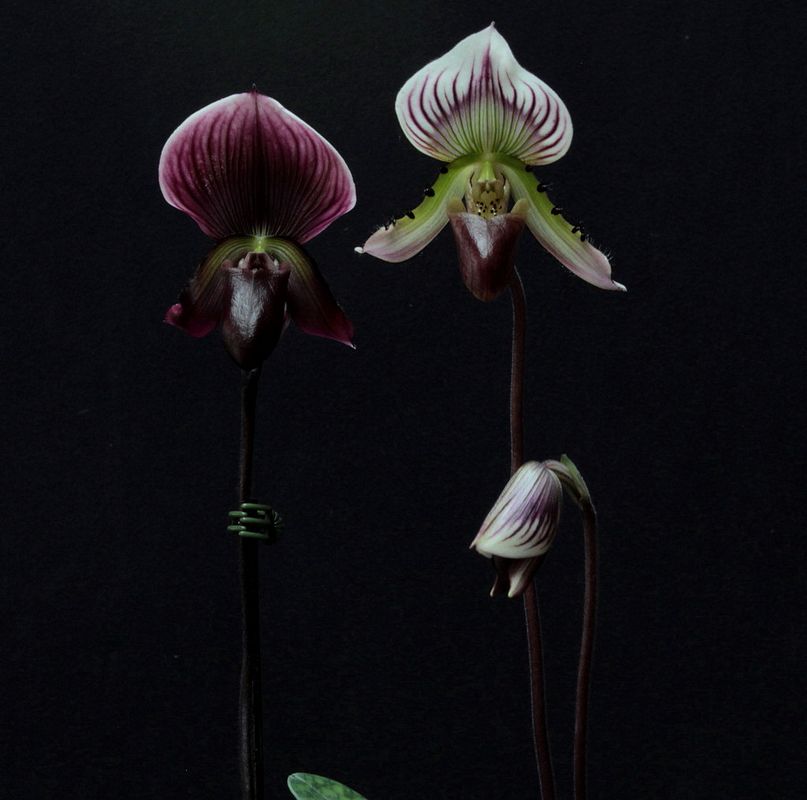
This PIC came out pretty cool so I thought you all might like to see the "halo" in the callosum dorsal.
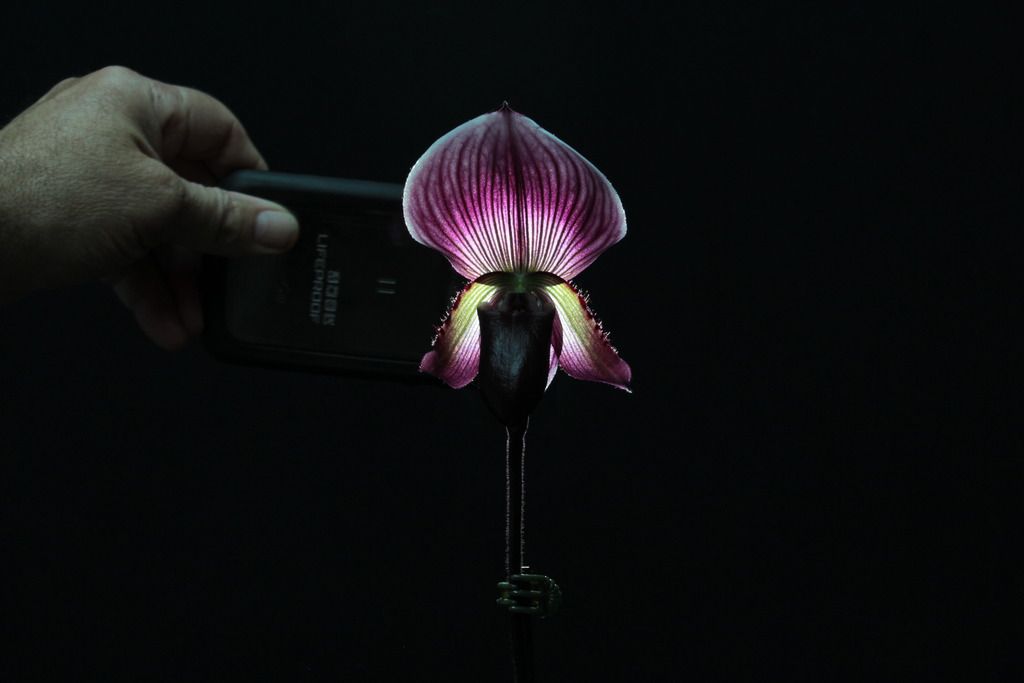
My three acmodontums all blooming. All of the same cross.
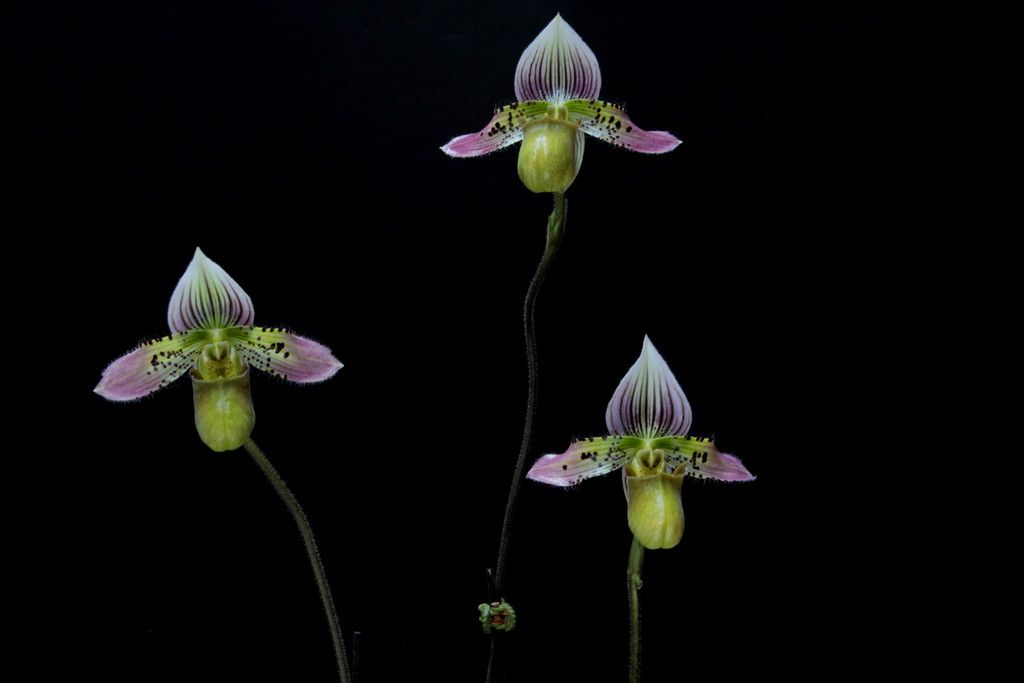
Here is the newest one opened
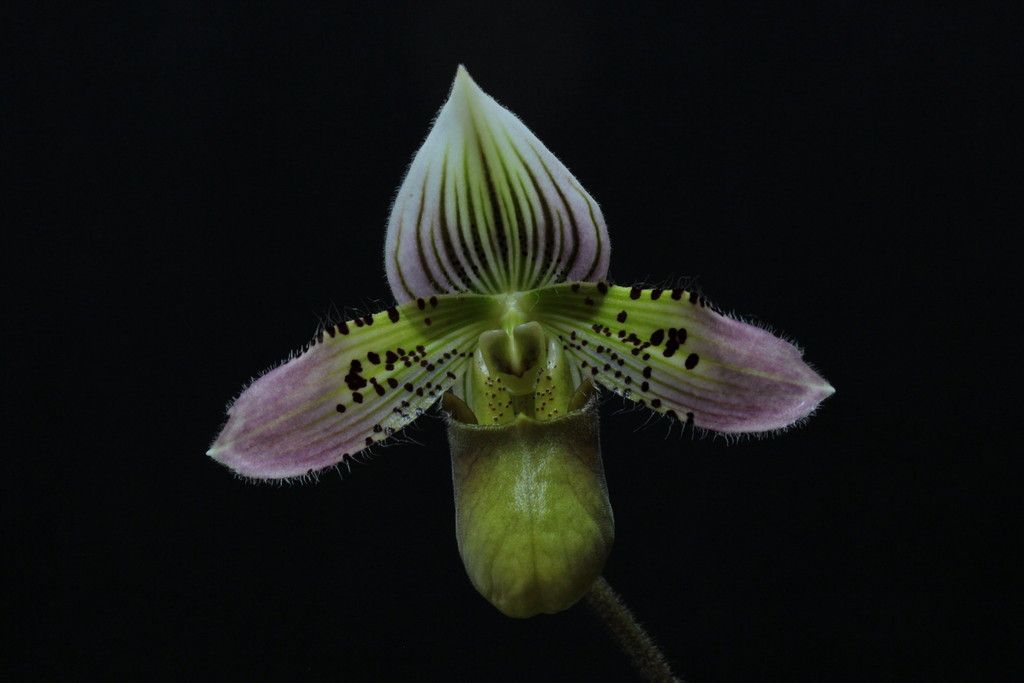
Now the leaves of all three plants
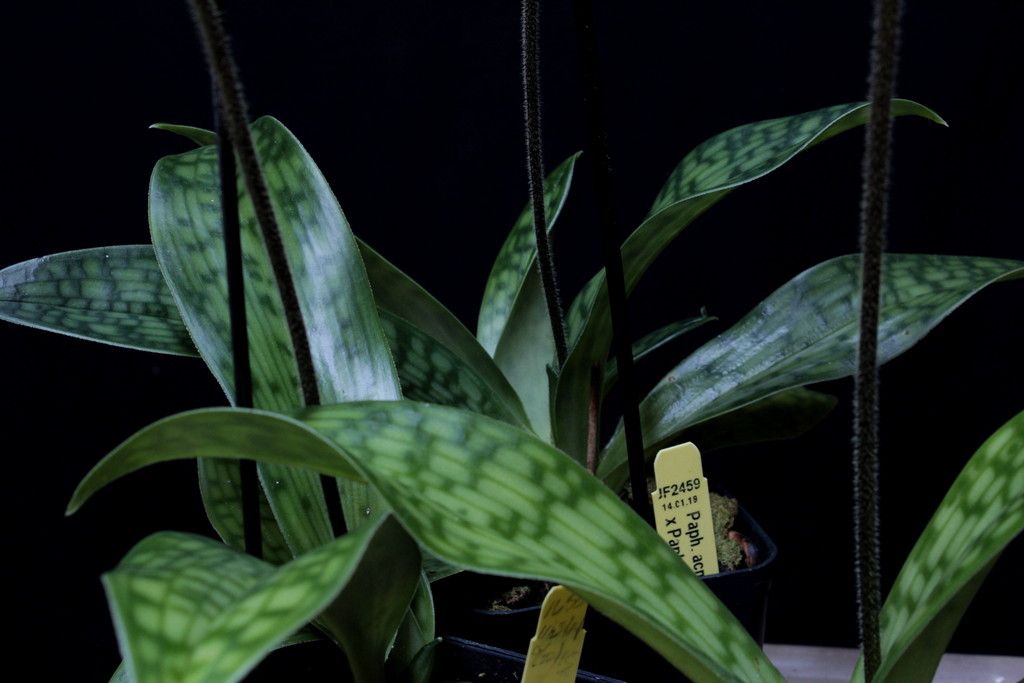
Moving on to the green Phrags.
First is my awarded pearcei 'Little Angel'
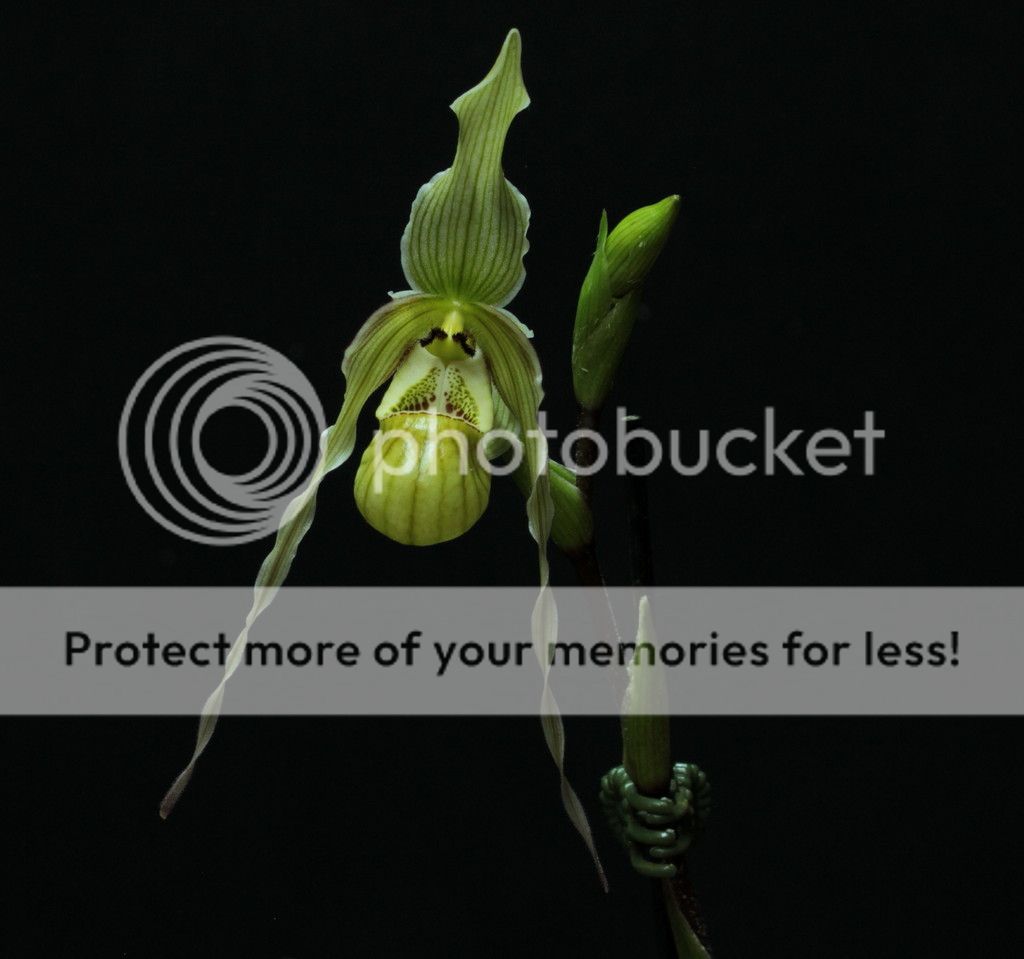
ecuadorense from a fellow STer
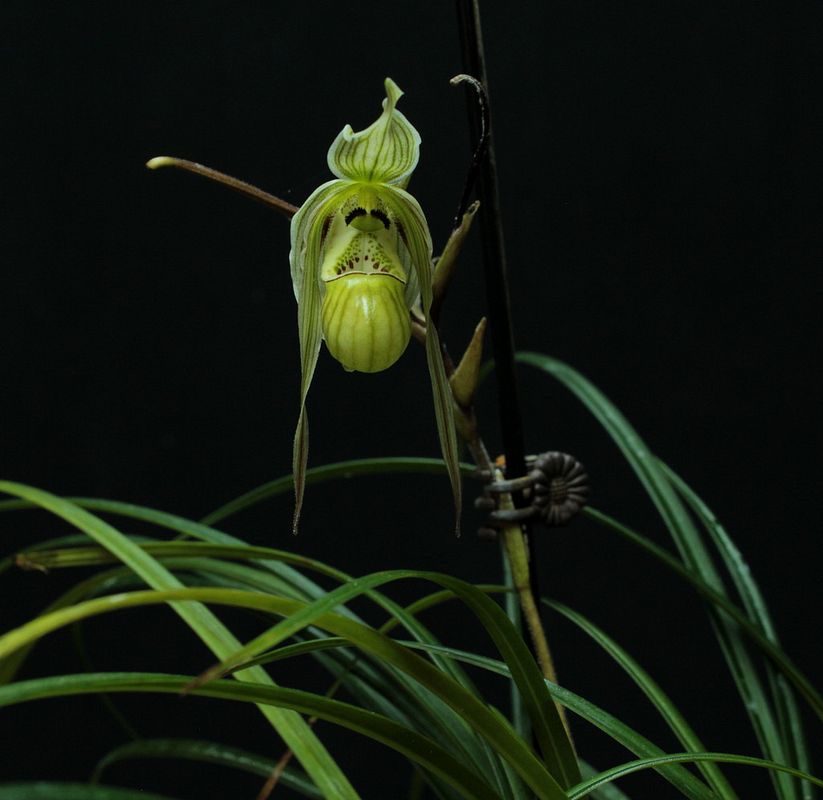
And lastly, my awarded richteri 'Crooked Creek'

Now all three together.
I personally don't see how someone could confuse richteri with either one of the others. I could be in possession of three of the most extreme examples and be way off.
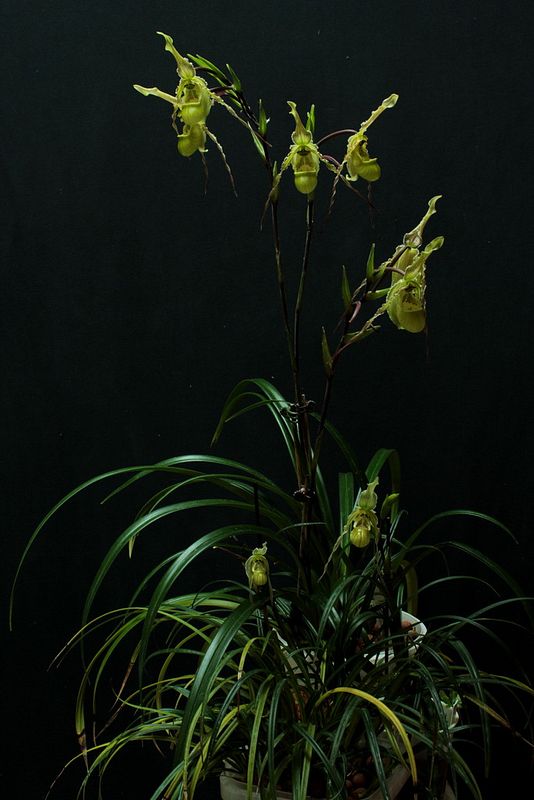

This PIC came out pretty cool so I thought you all might like to see the "halo" in the callosum dorsal.

My three acmodontums all blooming. All of the same cross.

Here is the newest one opened

Now the leaves of all three plants

Moving on to the green Phrags.
First is my awarded pearcei 'Little Angel'

ecuadorense from a fellow STer

And lastly, my awarded richteri 'Crooked Creek'

Now all three together.
I personally don't see how someone could confuse richteri with either one of the others. I could be in possession of three of the most extreme examples and be way off.




